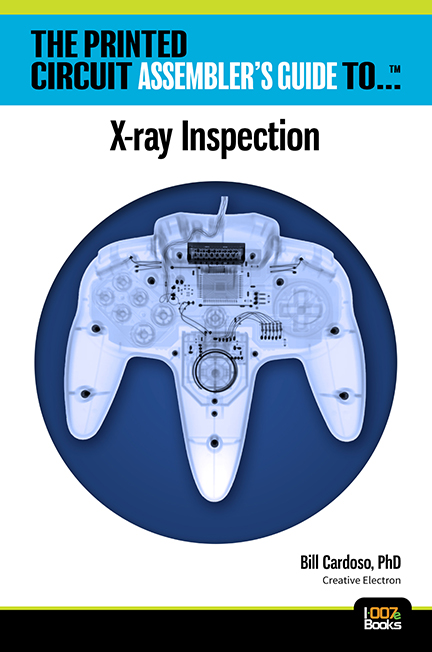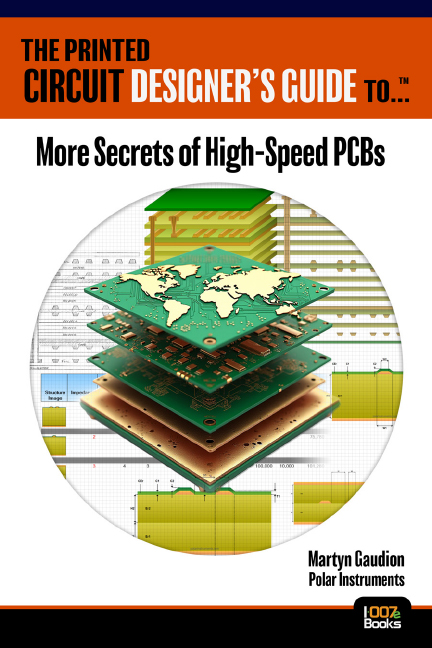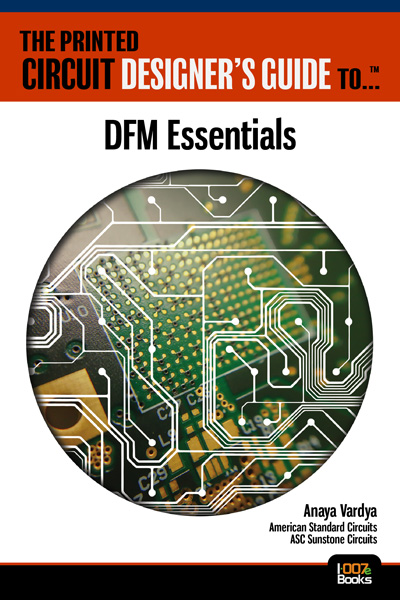Less is More When it Comes to Predicting Molecules' Conductivity
May 31, 2018 | University of ChicagoEstimated reading time: 2 minutes
The smaller and smarter that phones and devices become, the greater the need to build smaller circuits. Forward-thinking scientists in the 1970s suggested that circuits could be built using molecules instead of wires, and over the past decades that technology has become reality.
Photo: UChicago grad student Manas Sajjan, left, and prof. David Mazziotti, hold a model depicting a molecule on which they tested a better approach for predicting conductivity. (Image: Jean Lachat/University of Chicago)
The trouble is, some molecules have particularly complex interactions that make it hard to predict which of them might be good at serving as miniature circuits. But a new paper by two University of Chicago chemists presents an innovative method that cuts computational costs and improves accuracy by calculating interactions between pairs of electrons and extrapolating those to the rest of the molecule.
"Current models tend to overpredict conductance, but our theory outperforms traditional models by as much as one to two orders of magnitude," said Prof. David Mazziotti, who coauthored the paper, published in Communications Chemistry ("Current-constrained density-matrix theory to calculate molecular conductivity with increased accuracy").
Everything from better computer chips and batteries to greener ways to produce chemicals depends on discovering new kinds of chemistries and materials, and scientists increasingly look to computers to search for new combinations more efficiently. Instead of trying permutations one by one, they can run models that predict the best options.
But it's a delicate art, because in many cases these calculations can consume computing time alarmingly fast. In molecules with a lot of interacting electrons, "you can very quickly end up with the computation size increasing exponentially with the size of the molecule," Mazziotti said.
Mazziotti and graduate student Manas Sajjan set out to simplify, creating a method for predicting molecular conductivity that uses the interaction between two electrons to represent all of the interactions. "To take one example, for a particular molecule the traditional method might require computing with 1024 variables, whereas ours has 109 variables--a quadrillion fewer variables," Sajjan said. That's the difference between a problem for which you need a supercomputer versus one you can do on a laptop.
This choice allows an unusual but powerful approach. Existing theories for molecular conductivity assign a set number of voltage applied to the molecule to predict a number for the current that could then flow through it. Sajjan and Mazziotti flipped this paradigm on its head. They fixed the current first, and then computed the voltage. This turns out to be much more accurate: When they checked their method with a well-known molecule, they saw it outperformed traditional methods by one-to-two orders of magnitude.
"What's important is it's really rigorous. Even with the conduction there's still a one-to-one mapping with the many-electron system," Mazziotti said. The process of making sure that the two-electron system still represents the many-electron system is a very challenging problem that's been around for 50 years, but he said it's worth the struggle.
"Almost all of the big problems that people are trying to solve involve working with materials that are difficult to explore with traditional methods," he said. "If we can better predict the conductivity, we can more effectively design better molecules and materials."
Testimonial
"Your magazines are a great platform for people to exchange knowledge. Thank you for the work that you do."
Simon Khesin - Schmoll MaschinenSuggested Items
How PCBA Excellence Transforms High-mix Operations
09/22/2025 | Chintan Sanghani, Electronics Center for ExcellenceWith over 30 years of manufacturing excellence, our organization has built deep expertise in PCBA contract manufacturing for downhole oilfield tools. Through years of focused operational leadership in this demanding sector, we've learned that in high-mix, low-volume (HMLV) environments, traditional manufacturing approaches can create more bottlenecks than breakthroughs.
Happy’s Tech Talk #38: Novel Metallization for UHDI
05/07/2025 | Happy Holden -- Column: Happy’s Tech TalkI have been involved in high-density electronics substrates since 1970 when I joined Hewlett-Packard’s RF semiconductor group after college. Figure 1 shows the difference between trace/space lithography for substrates and silicon starting in 1970. My projects involved sapphire circuits for RF devices, but the figure displays the state of PCBs and integrated CMOS circuits and their packaging, not discreet RF devices. Even then, semiconductors were 50X higher density.
Technica USA and CBT Introducing TiTAN Hybrid at IPC APEX EXPO 2025
03/18/2025 | Technica USAThe wait is over! Technica and CBT are proud to unveil TiTAN Hybrid, a groundbreaking innovation set to redefine the PCB industry. Designed for unmatched performance, efficiency, and adaptability, this cutting-edge laser imaging technology brings the future to you—today.
IDC Predicts: AI Spending to Exceed $30 Billion by 2027 for Personalized Customer Experiences
01/28/2025 | IDCThe recent IDC report, IDC FutureScape: Worldwide Chief Marketing Officer 2025 Predictions – APeJ Implications, predicts that In 2027, companies will spend more than US$30 billion on AI-related infrastructure, platforms, software, and services to support their ability to compete on highly personalized customer experiences.
Exploring Advanced PCB Final Finishing: DIG, RAIG Technologies
10/24/2024 | Rich DePoto, UyemuraIn this interview, Rich DePoto of Uyemura provides a deep overview and explanation of Reduction-assisted Immersion Gold (RAIG) and direct immersion gold (DIG) technology, and their applications and benefits when compared to traditional final finishes. He delves into the intricacies of electroless nickel corrosion and “black pad,” exploring its causes, consequences, and the measures that can be taken to mitigate this problem. This comprehensive overview will provide insight toward sound decision-making for those operating in environments where perfect process control is a challenge.


